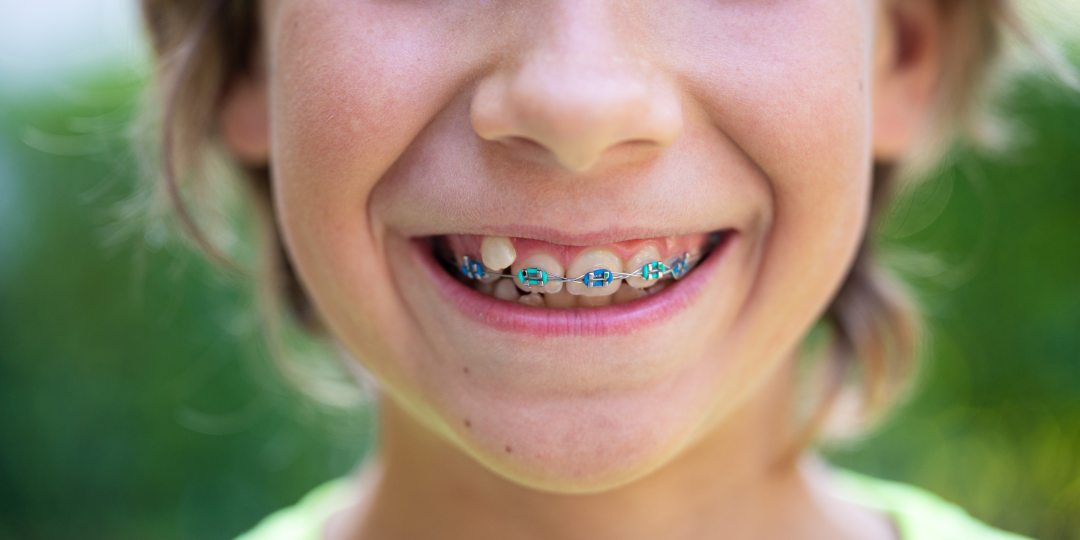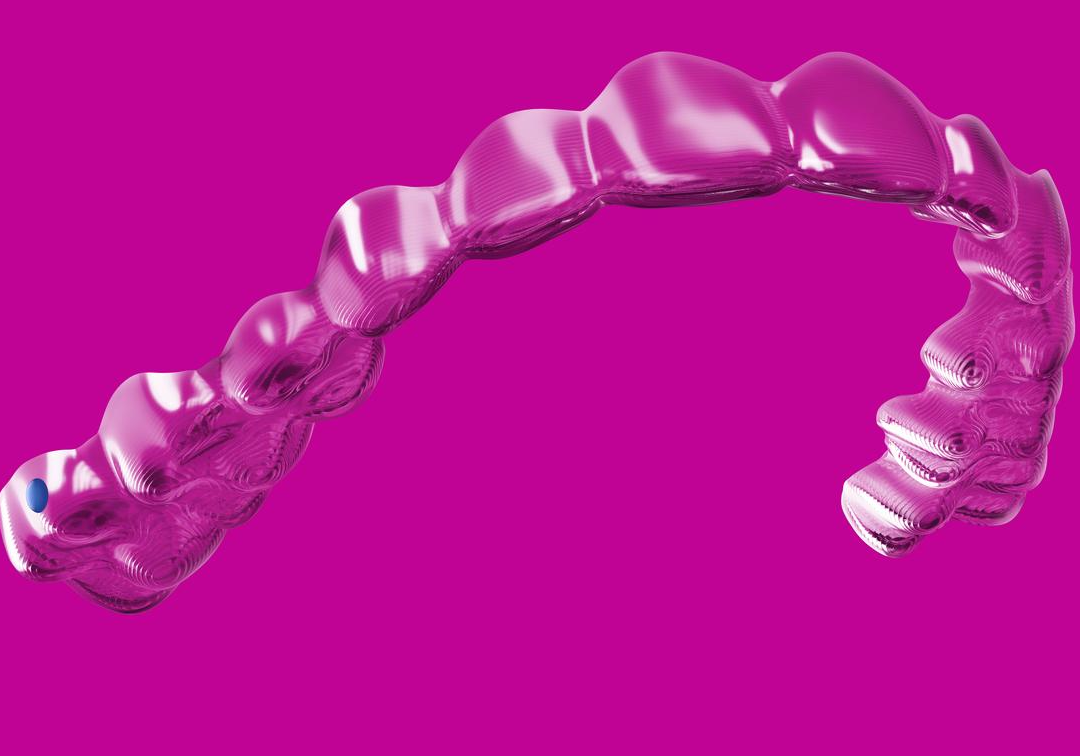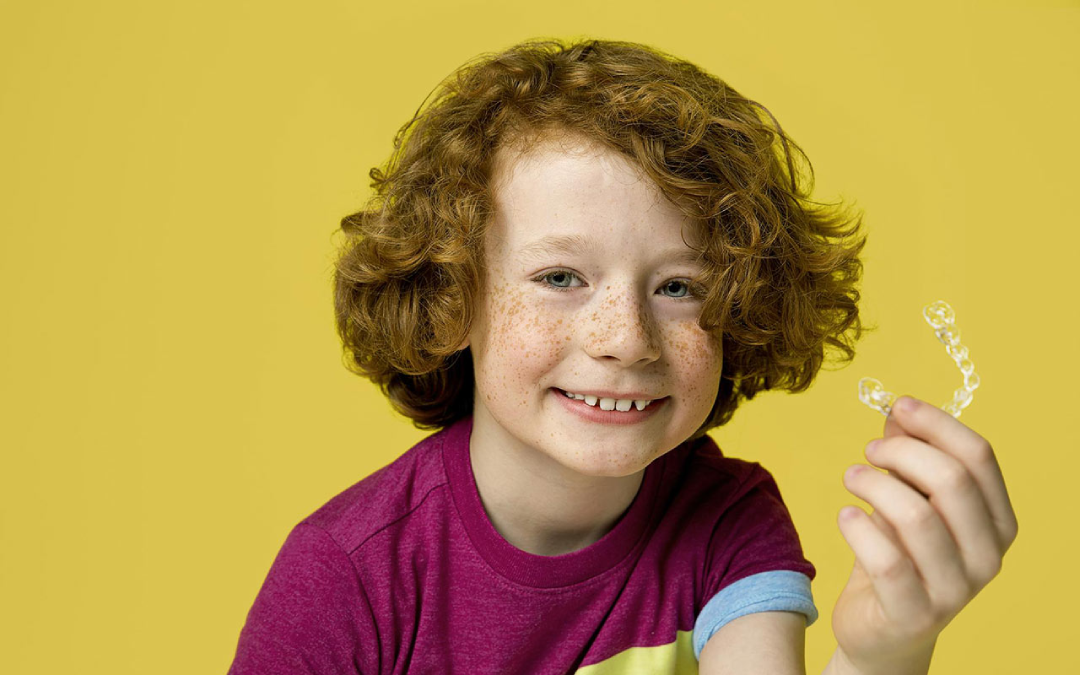Aside from the obvious aesthetic reasons, there are also a number of health benefits that come with having straighter teeth. Crooked or crowded teeth are harder to clean, which can then lead to an increased build-up of plaque and bacteria. This raises the risk of cavities and gum disease
In some cases, misaligned teeth can also cause speech problems. If the teeth don't fit together correctly, misalignment can also cause bite and chewing issues.
Invisalign First treatment for children can help to prevent pre-existing bite issues from getting worse. If your child already has a misaligned bite, Invisalign First treatment can correct it and help to prevent further problems in the future.
One can also never underestimate the power of confidence from a straighter smile. We all want the best for our kids, and knowing that they are bubbling with self-esteem is one of the best gifts we can give them.
Above all, straighter teeth are an investment in the future of your child. By helping them get straighter teeth now, you are setting them up for a lifetime of good oral health, fewer expensive bills, and the confidence to take on the world. You can read more about the benefits of straighter teeth in our article 4 Good Reasons for Teeth Straightening That Go Beyond a Beautiful Smile.
What are the different types of braces for kids?












